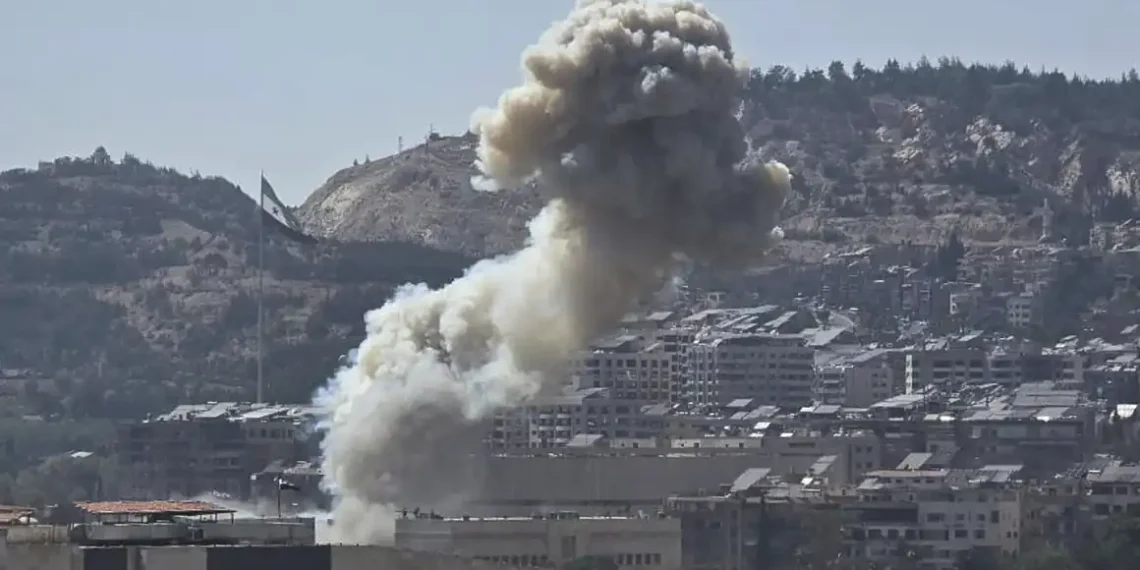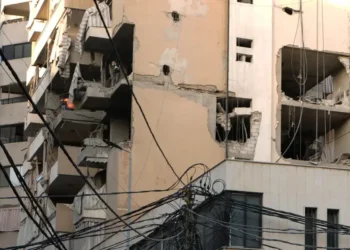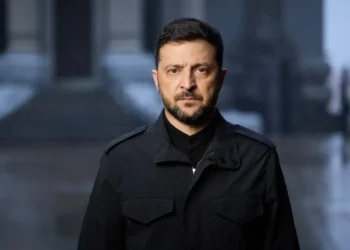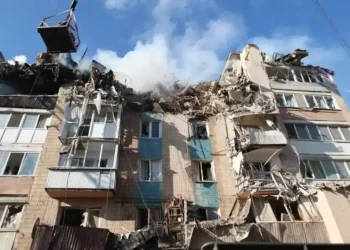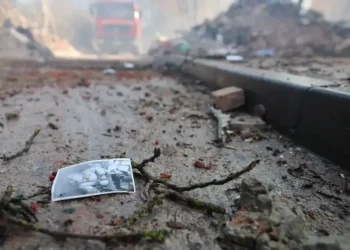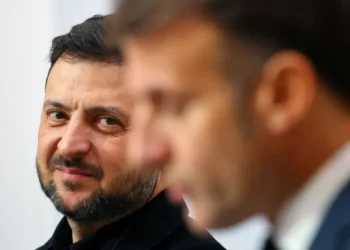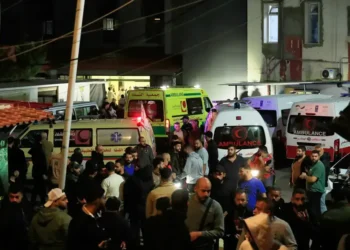Ceasefire Declared in Syria as Israeli Strikes Escalate and Druze Civilians Remain Trapped
Sweida Violence Triggers International Alarm as Israel Targets Syrian Regime Forces
DAMASCUS, Syria — July 17, 2025 — The Syrian government and leaders of the country’s Druze minority announced a renewed ceasefire on Wednesday, following several days of violent clashes in the southern city of Sweida. The fighting, which erupted between Druze militias and Sunni Bedouin factions, quickly escalated into a wider conflict involving Syrian security forces — and drew military intervention from neighboring Israel.
The Interior Ministry said government troops had begun withdrawing from conflict zones in Sweida. However, doubts about the truce’s durability emerged immediately, with a key Druze religious figure, Sheikh Hikmat Al-Hijri, publicly rejecting the ceasefire agreement in a video message.
Israeli airstrikes continued despite the announcement.
Israel Steps In Amid Regional Chaos
The ceasefire comes in the wake of rare Israeli airstrikes deep into Damascus — a significant escalation that Israeli leaders say is intended to protect the Druze community and push back Islamic militants operating near Israel’s northern border.
Israel, which has a large Druze population often integrated into its military, views Syria’s instability as a strategic threat. In the past several days, Israel has targeted dozens of Syrian government positions, including convoys moving toward Sweida and key regime installations in Damascus.
One strike hit the Syrian Defense Ministry near a crowded square, killing three and injuring 34. Another targeted the hills near the presidential palace.
“We’ve begun delivering painful blows,” Israeli Defense Minister Israel Katz said on social media, warning that further strikes would follow unless Syrian regime forces retreat. He added that a full brigade was being redirected from Gaza to the Golan Heights in preparation for further military action.
Clashes Threaten Syria’s Fragile Transition
The fighting in Sweida began with tit-for-tat kidnappings and attacks between Sunni Bedouin groups and local Druze factions. Attempts by government forces to restore order only deepened the crisis, with reports of security forces opening fire on civilians and engaging in sectarian violence.
The flare-up is one of the most serious challenges yet to Syria’s fragile postwar transition, following the ouster of former president Bashar al-Assad last December after nearly 14 years of civil war.
The new Sunni-led government has struggled to gain trust from minority groups, especially after similar clashes in March led to revenge killings targeting the Alawite sect — the religious group to which Assad belonged. The Syrian Observatory for Human Rights reported over 300 deaths since Monday, including dozens of civilians and at least 165 government personnel.
Druze Civilians Trapped, Fearing for Their Lives
As violence continues in Sweida, desperate reports are emerging from Druze families unable to reach their relatives due to communication blackouts. Many civilians remain trapped in homes and basements, fearing indiscriminate attacks.
Evelyn Azzam, a 20-year-old from the Damascus suburb of Jaramana, said she lost contact with her husband, Robert Kiwan, after he was reportedly shot by security forces during questioning. “They shot my husband in the hip,” she said tearfully. “Since then, we have no idea what has happened.”
Other Druze exiles, particularly in the United Arab Emirates, described similar fear and anguish. One woman said her family was hiding near a hospital in Sweida while shelling and gunfire continued outside. Another said she was told a house with her relatives inside was burned down — an attack that reminded her of the Islamic State assault on Sweida in 2018.
“The fighters defending Sweida now are just people trying to protect their families,” she said.
Shocking Reports of Executions and Sectarian Abuse
Disturbing footage has circulated online showing government-aligned fighters humiliating Druze elders — forcibly shaving religious leaders and trampling Druze flags. In other videos, Druze fighters were seen capturing and beating regime forces.
The Syrian Observatory reported that at least 27 individuals were executed in the streets, and AP journalists confirmed seeing looted homes and torched buildings.
Interim President Ahmad al-Sharaa condemned the violence on Wednesday, promising accountability. “These criminal and illegal actions completely contradict the principles that the Syrian state is built on,” he said in a statement.
International Reaction and Regional Fallout
In the Golan Heights, Druze residents protested along the Israeli-Syrian border in solidarity with those under siege in Sweida.
Meanwhile, U.S. Secretary of State Marco Rubio said Washington is “very concerned” about the violence, which he described as stemming from a “misunderstanding.” The U.S., he said, is in communication with both Israeli and Syrian authorities in an effort to de-escalate the situation.
More than half of the world’s approximately 1 million Druze live in Syria, with others spread across Lebanon, Israel, and the Israeli-occupied Golan Heights. The religious sect, which began in the 10th century, has often been caught in the crossfire of Syria’s complex sectarian conflicts.
OUTRO: A Fragile Truce, a Shaken Community
As the ceasefire hangs by a thread, civilians in Sweida remain fearful — and skeptical — of lasting peace. While Israel threatens more strikes and Druze leaders demand protection, Syria’s new rulers face growing pressure to prove they can govern a fractured nation without descending into further bloodshed.
This article was rewritten by JournosNews.com based on verified reporting from trusted sources. The content has been independently reviewed, fact-checked, and edited for accuracy, neutrality, tone, and global readability in accordance with Google News and AdSense standards.
All opinions, quotes, or statements from contributors, experts, or sourced organizations do not necessarily reflect the views of JournosNews.com. JournosNews.com maintains full editorial independence from any external funders, sponsors, or organizations.
Stay informed with JournosNews.com — your trusted source for verified global reporting and in-depth analysis. Follow us on Google News, BlueSky, and X for real-time updates.
